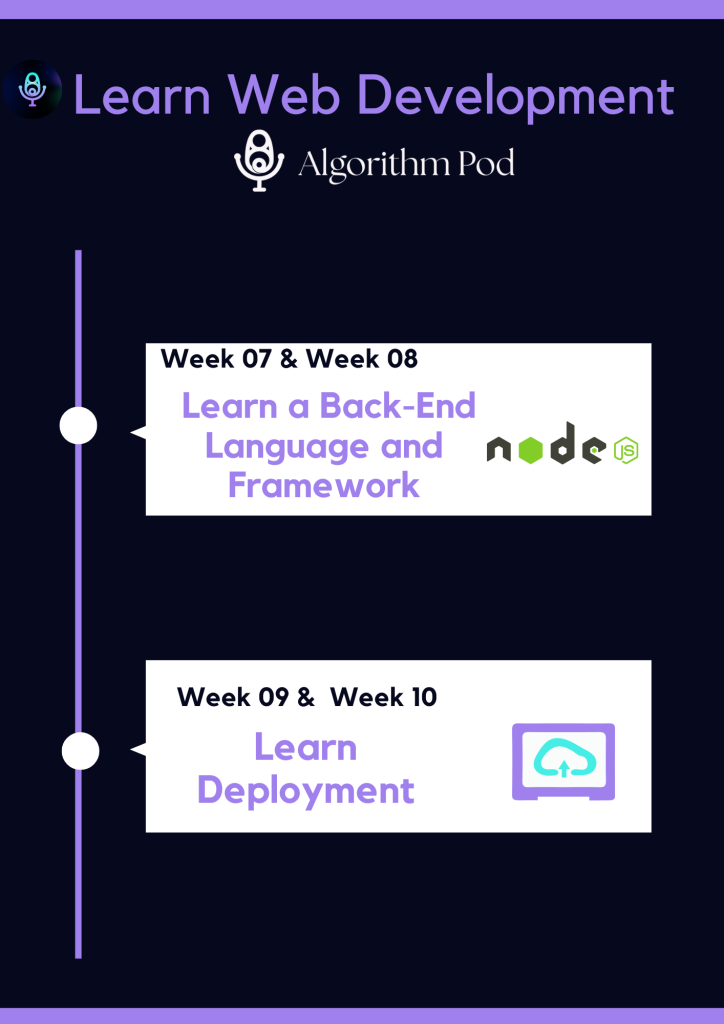Step 1: Learn the basics of HTML and CSS
HTML and CSS are the foundation of web development. Start by learning HTML tags, attributes, and syntax. Then, move on to CSS, which is used to style HTML elements. Learn about CSS selectors, properties, and values.
Step 2: Learn JavaScript
JavaScript is used to add interactivity to web pages. Start by learning the basics of JavaScript, including data types, variables, and functions. Then, learn about DOM manipulation, events, and Ajax.
Step 3: Learn a Front-End Framework
Front-end frameworks like React, Angular, and Vue.js can help you build web applications more efficiently. Pick a framework and learn its basics, including components, state management, and routing.
Step 4: Learn a Back-End Language and Framework
To build full-stack web applications, you’ll need to learn a back-end language and framework. Popular choices include Node.js with Express, Ruby on Rails, and Django. Learn about routing, middleware, and database integration.
Step 5: Learn Deployment
Deploying a web application is a crucial step in the development process. Learn how to deploy your application to a server, configure a domain name, and set up SSL encryption.
Schedule:
Week 1-2: Learn HTML and CSS
- Introduction to HTML and CSS
- HTML tags, attributes, and syntax
- CSS selectors, properties, and values
- Building a static website using HTML and CSS
Week 3-4: Learn JavaScript
- Introduction to JavaScript
- Data types, variables, and functions
- DOM manipulation and events
- Ajax and asynchronous programming

Week 5-6: Learn a Front-End Framework
- Introduction to React/Angular/Vue.js
- Components, props, and state
- Routing and navigation
- State management with Redux/Vuex
Week 7-8: Learn a Back-End Language and Framework
- Introduction to Node.js/Ruby on Rails/Django
- Routing and middleware
- Database integration with SQL/NoSQL
- Authentication and security
Week 9-10: Learn Deployment
- Introduction to deployment
- Setting up a server
- Configuring a domain name
- Setting up SSL encryption
